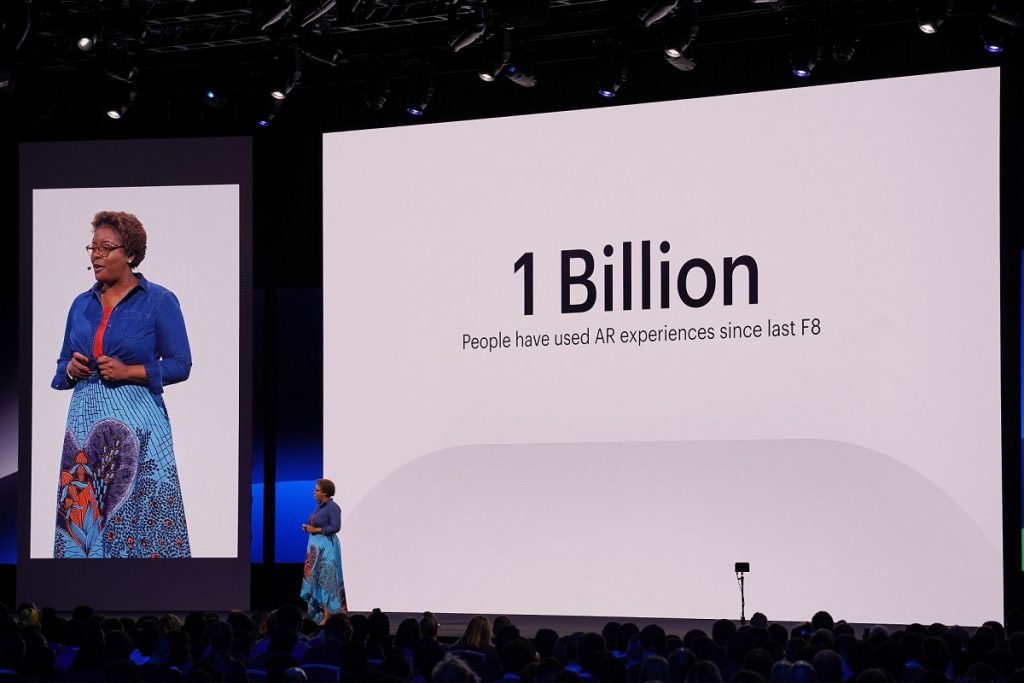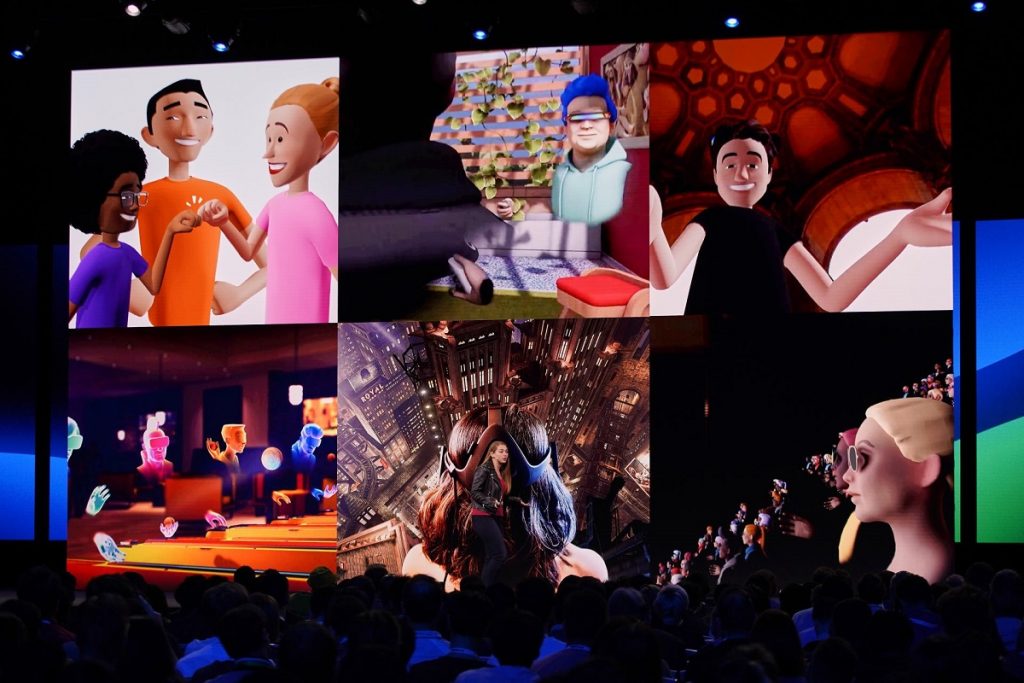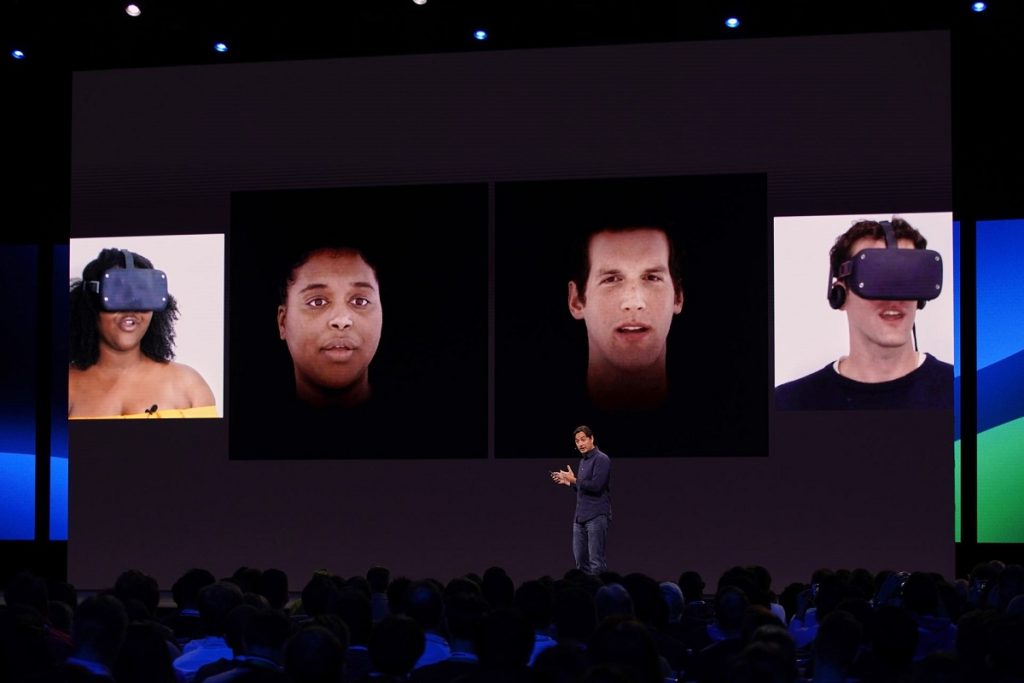The 2019 Facebook Developers’ Conference concluded last Wednesday. F8 has been a peak into new technology for years. Even before Facebook bought Oculus, the company was breaking new ground on things like AI and machine learning. Since Facebook bought Oculus they’ve been increasingly interested in VR technology. As AR becomes more and more present in our lives, the conference has come to reflect that as well.

Safety and Etiquette in the Virtual World
Facebook has gotten negative press for privacy and security issues like hate groups and language on the site. These concerns carried over to many of the discussions of AR and VR technology. Creating new digital spaces creates new digital risks, according to Chief Technology Officer, Mike Schroepfer.
“When two people are together in a virtual world, the sense of physical safety and physical comfort and ‘how close is this person standing next to me?’ has become a paramount issue and is something that the oculus team has focused on deeply,” said Schroepfer.
Some of these situations in VR technology come from the fact that VR spaces require their own etiquette. This etiquette is largely non-existent according to Lindsay Young. Young works on developing AR and VR experiences for Facebook.
“As we bring people together in VR we should have access to tools that make them feel safe,” said Young. “Part of this is the opportunity to shape what safety even is in VR.”

As we bring people together in VR we should have access to tools that make them feel safe.
Facebook and Oculus are doing this in AR and VR technology by using some of the same tools that exist in other media. That means tools like muting, blocking, or reporting other users – sometimes through special gesture controls. Some tools also have more tailored features like the “safety bubble.” If a person or object gets too close to an individual they become invisible. Some VR experiences also open with a brief video explaining etiquette within that virtual space.
Inclusion in AR and VR Technology
Obstacles to AR and VR technology adoption aren’t just about safety. They’re also about inclusion according to Lade Obamehinti, who works on AR effects.
“The fundamental question with effects triggered by hand gestures, for instance, is – can a camera even recognize that a hand is in view?” asked Obamehinti. “Skin tone and lighting conditions play a big, big role in answering that question.”
These issues have been addressed by increasing diversity of samples used to develop AR and VR technology. Similar efforts are being put into working with voice commands including different dialects and tones.
“We now have the opportunity to integrate inclusive AI development principles into our efforts to relaunch Voice on Oculus Products,” said Obamehinti. “[…] The application of [updated development tools] will ensure that certain users in our diverse product community do not have a lower quality experience than others.”
These questions are important when it comes to designing the AR and VR technology back-end. However, Facebook is also working on software for things like more immersive avatars according to Ronald Mallet of Facebook Reality Labs.

“To feel completely present, we will need lifelike avatars,” said Mallet. “[…] it turns out a big part of this is how we move; how we use space and time.”
Oculus is trying to address this question through the use of minimal external sensors. These sensors will be able to represent a person’s facial expression and body language. Unfortunately, there’s no release date yet on the hyper-realistic avatars that they were demoing.
Updates to Spark AR
When most of us think about AR and VR technology we think about visuals. However, a truly immersive experience needs to have great sound design as well according to Product Manager Tom Goldsmith. Goldsmith gave a special talk on AR music at the conference.

“Music and technology are so closely aligned and AR is going to be the next step on that journey about changing how we experience music,” said Goldsmith. “[…] [AR] will change the way we experience and the way we interact with the world. Because sound is such a critical part of the world, sound also needs to be a critical part of augmented reality.”
The talk wasn’t just philosophizing about the importance of sound. It also announced the launch of music for SparkAR. The new set of tools allow developers to create effects that work with Facebook’s library of music. It can also sync beats with track effects and allows users to upload custom songs and beat maps.
Music and technology are so closely aligned and AR is going to be the next step on that journey about changing how we experience music.
Visual updates launched to Spark include more realistic makeup shaders and lighting simulation for try-on apps. “Commerce blocks” are another new launch that will allow developers to carry familiar programming to new experiences.
Save to VR and Oculus Browser

Not all of the AR and VR technology launched during F8 was just for developers. AR and VR is the next stage of how we experience the web, according to Jacob Rossi of Oculus.
“One of the most popular ways that people experience VR is through their browser,” said Rossi.
In a presentation titled “Unlocking the Future of Web XR”, Rossi introduced two new updates for everybody. The first of these updates is a redesigned tab page on Oculus Browser. The tab page includes featured and suggested content. Developers can also use the page to submit their own work to be featured.
Another feature launched during F8 was the “Save to VR” feature. The feature makes it easier for Oculus users to send VR content that they find on their desktop or browser to their headset.
During the presentation, Rossi also mentioned two new design tools that make it easier for non-designers to create VR content.
Web GL Multiview makes it easier to turn images into VR images through dual-layer rendering. The process creates different layers of an image for the right and left eye, similar to how 3D works. Previously, images needed to be rendered separately.
The other feature, Direct 360, Converts 360 photos into VR experiences complete with interaction and sound. This is, again, something that was previously possible but now requires much less coding.
F8 2019 Recap
For a developer’s conference, this year’s F8 included a lot of things that everyday users can be excited about. Of course, news for developers is also news for users. When AR and VR technology like Spark makes it easier for developers to create content, we all benefit.
For full videos of all F8 events, including those not covered in this article, visit this link.




